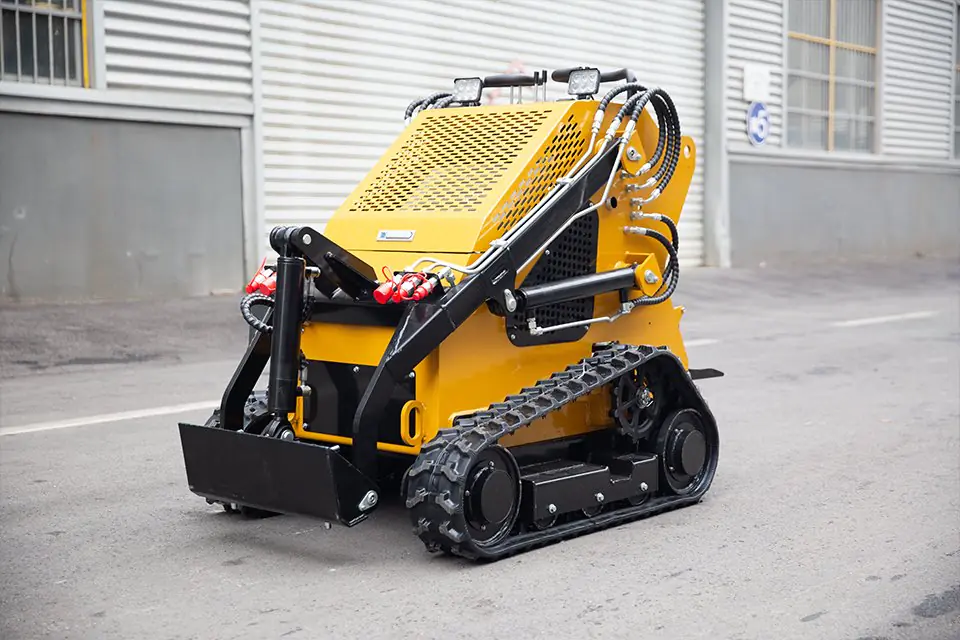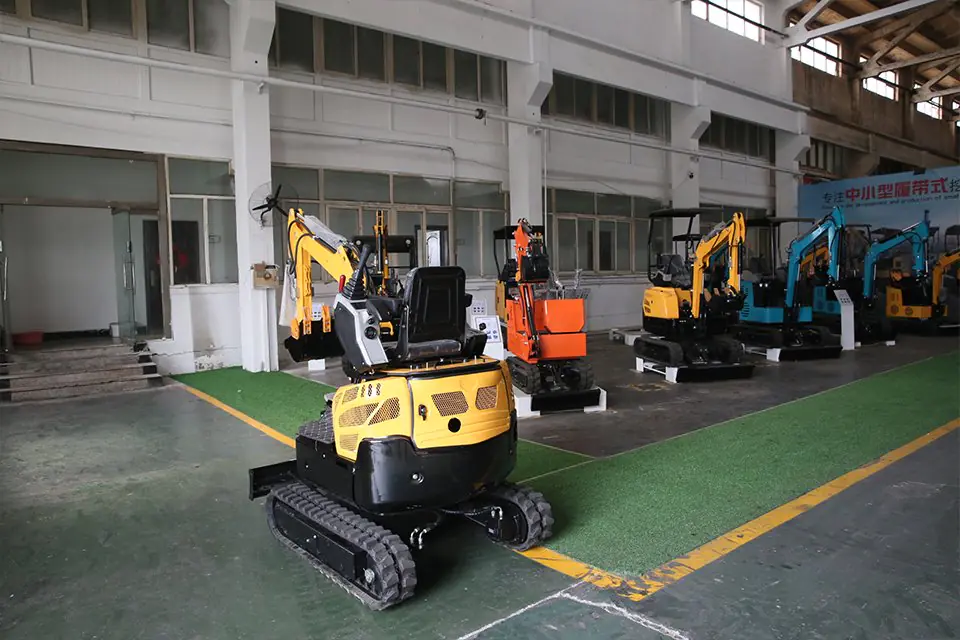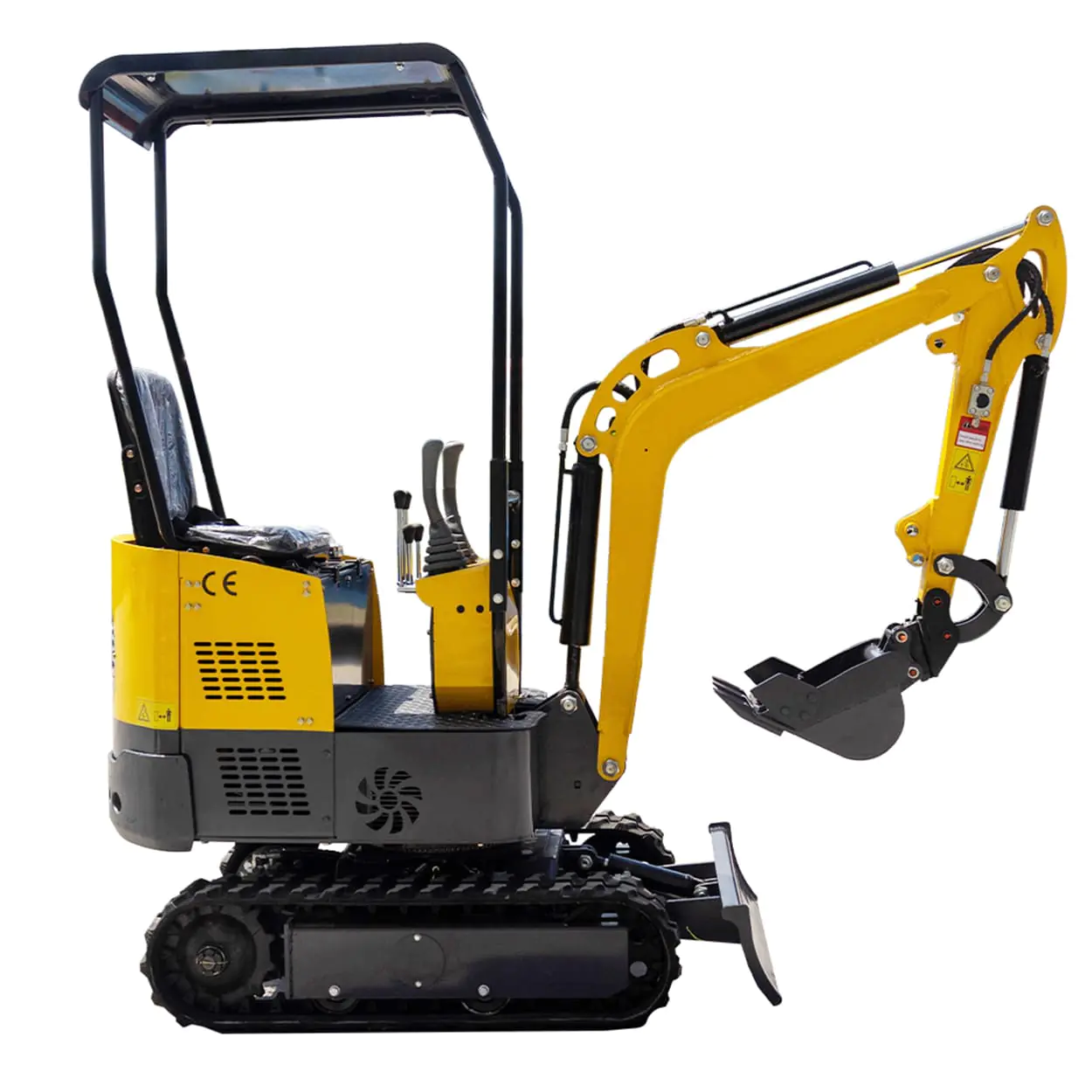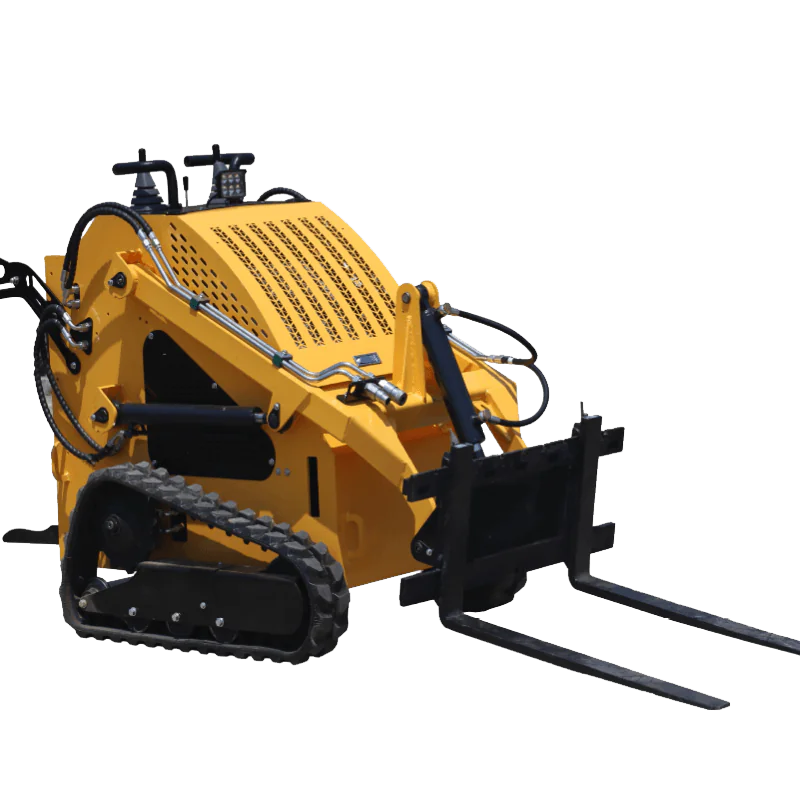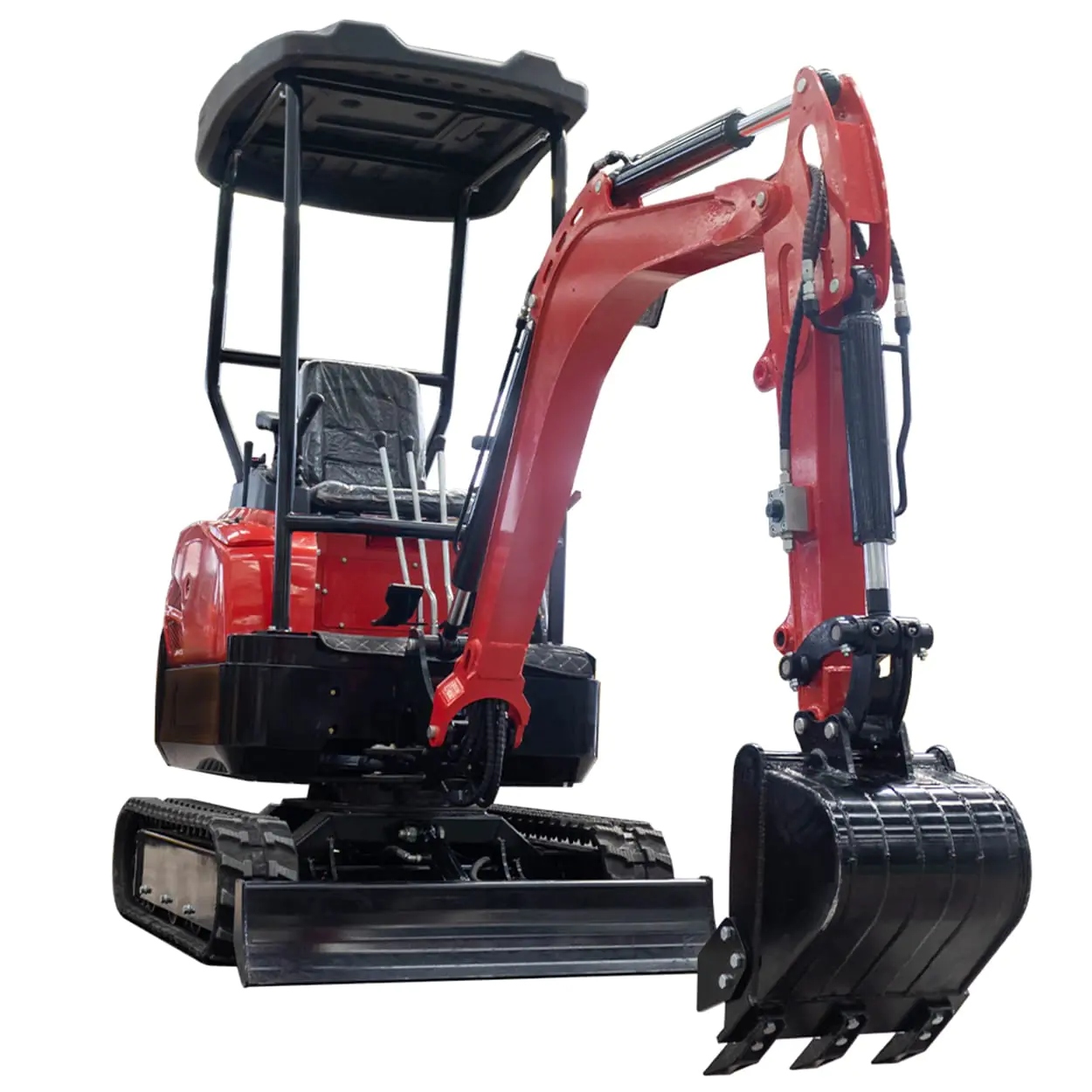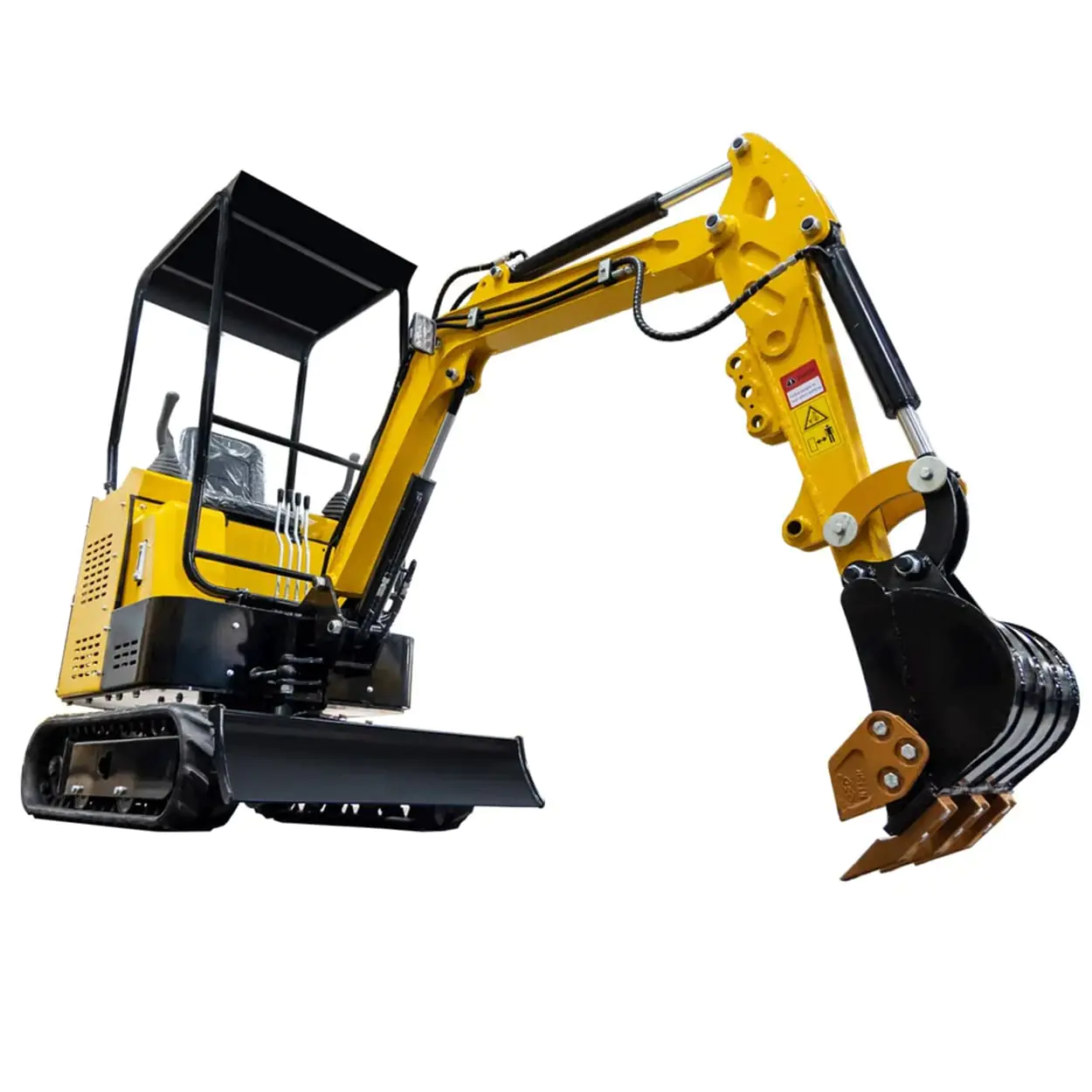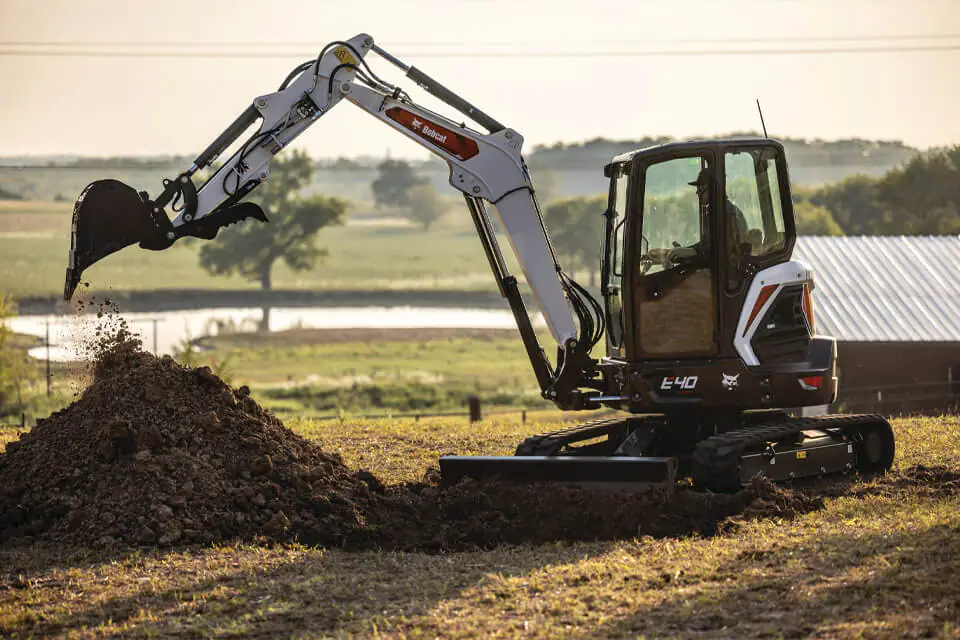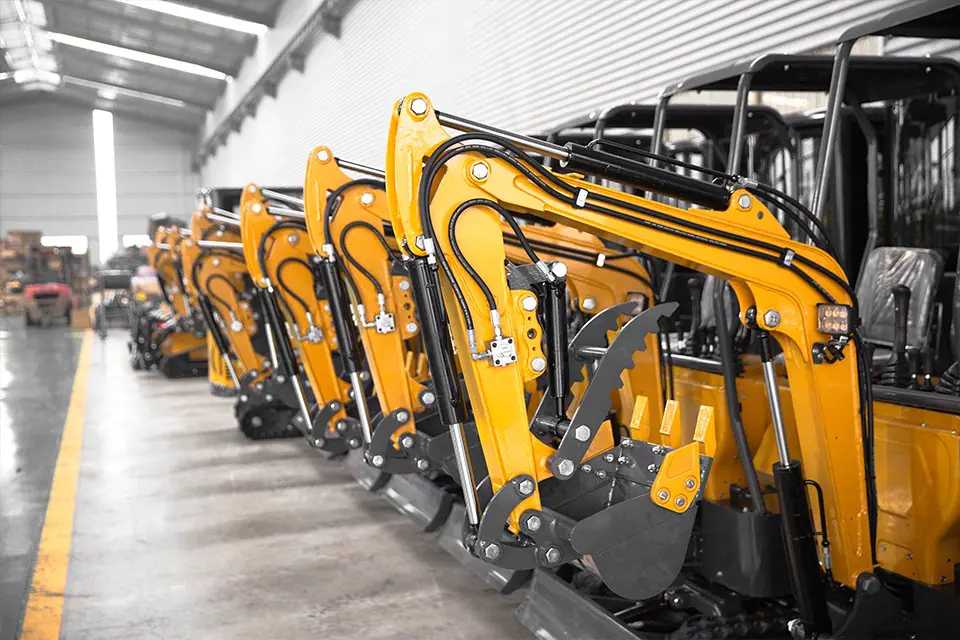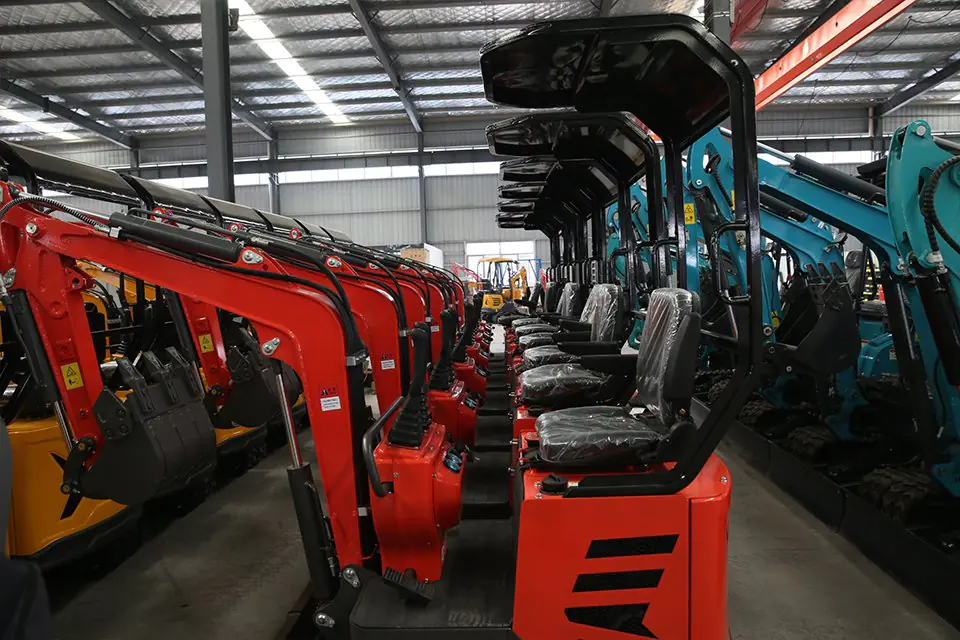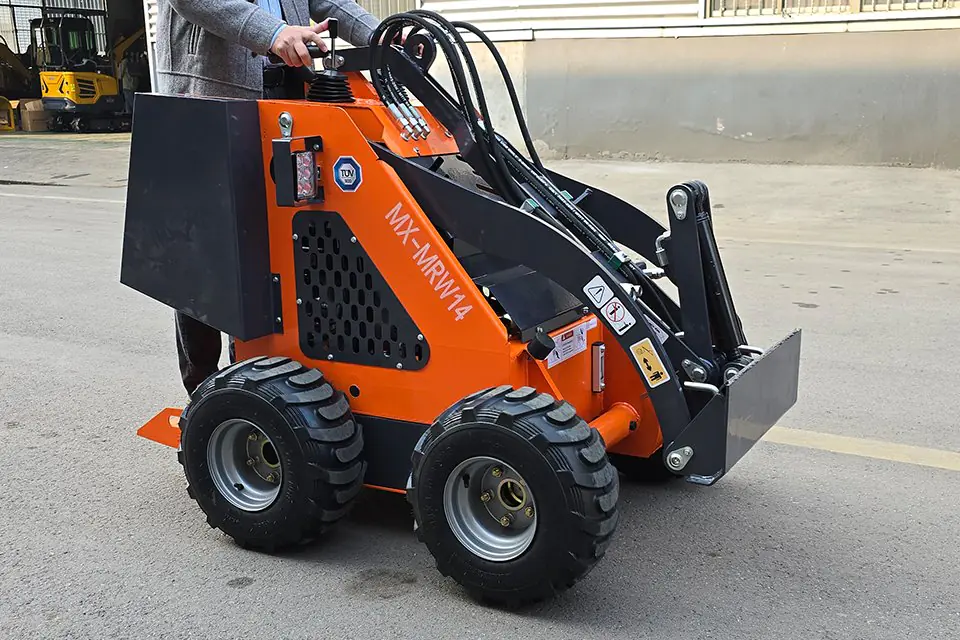Want to learn how to operate a mini excavator like a pro? This guide breaks down the basics in easy-to-understand steps, so you can get familiar with these powerful machines and understand the importance of safety. Whether you’re curious about how these machines work or thinking about using one for a project, this article will give you a solid foundation. It’s like getting the cheat codes to understanding mini excavator operation!
What’s So Cool About a Mini Excavator Anyway?
Mini excavators are like the smaller, more nimble cousins of big excavators. These powerful machines are super useful for all sorts of jobs, especially when you’re working in tight spaces where bigger equipment just can’t fit. Think about digging trenches for pipes, landscaping your backyard, or even breaking up old concrete. A mini excavator makes these tasks much easier and faster than doing them by hand. They have a bucket on an arm that can dig and lift dirt, and some even have a blade on the front to help smooth things out. Many people see them in action and want to learn how they operate.
These machines are also called “compact excavators” or sometimes even referred to like a bobcat, although a bobcat is technically a skid-steer loader, which is a little different. But like a bobcat, a mini excavator can be a real workhorse on a job site or even around your own property. They are designed to help you get things done efficiently.
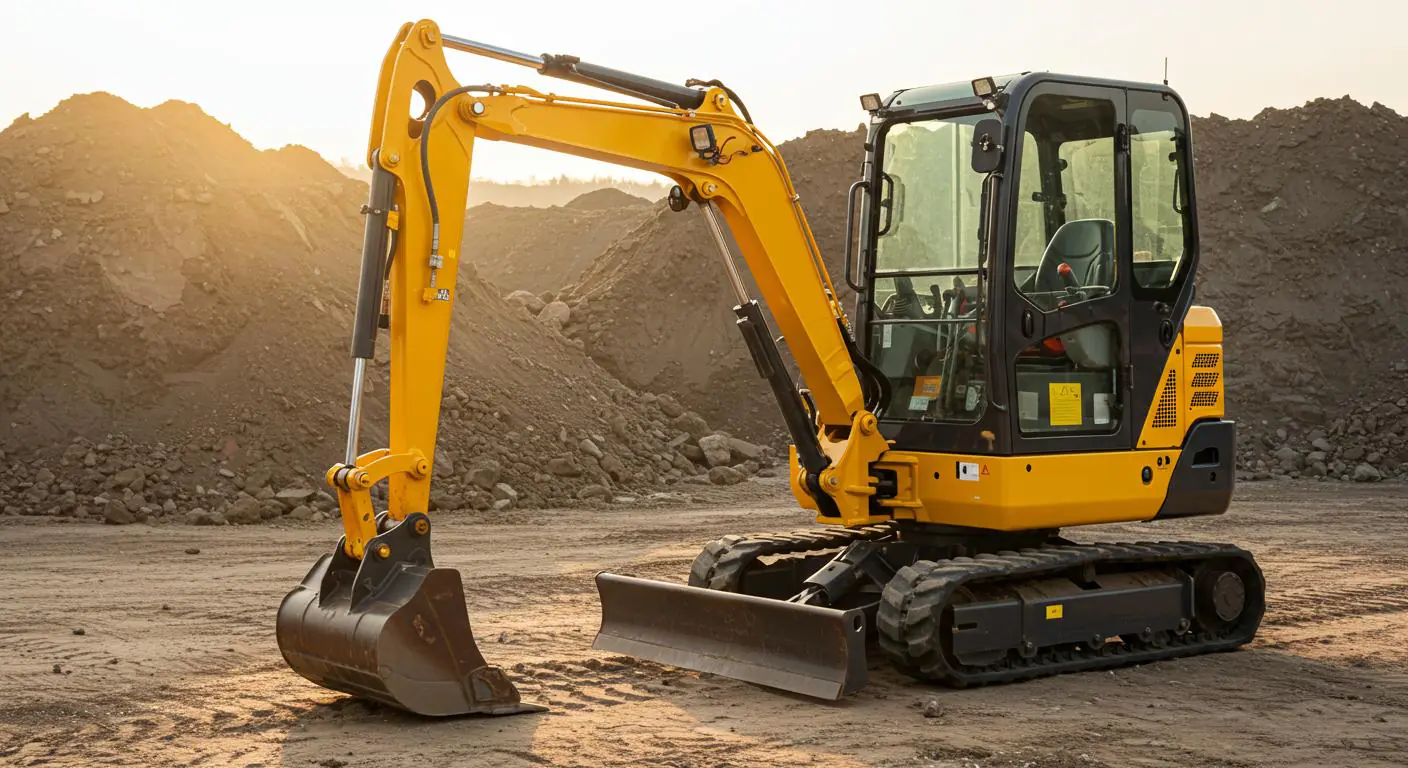
Why Watch a Video Before You Operate a Mini Excavator?
Before you even think about climbing onto a mini excavator, watching a video or two is a really smart idea. A good video can show you exactly where all the controls are, how they work, and what to expect when the machine starts up. Think of it like watching a video game tutorial before you enter the game – it gives you a head start! You can see how the bucket moves, how the blade is used, and the different ways the excavator can move around.
Watching someone operate the mini excavator in a video also helps you understand the control layout and how all the parts work together. You might see experienced operators sharing tips and tricks that you wouldn’t get just from reading a manual. Plus, seeing it in action makes it easier to remember the steps. You can find many helpful video guides online that cover basic operation and safety.
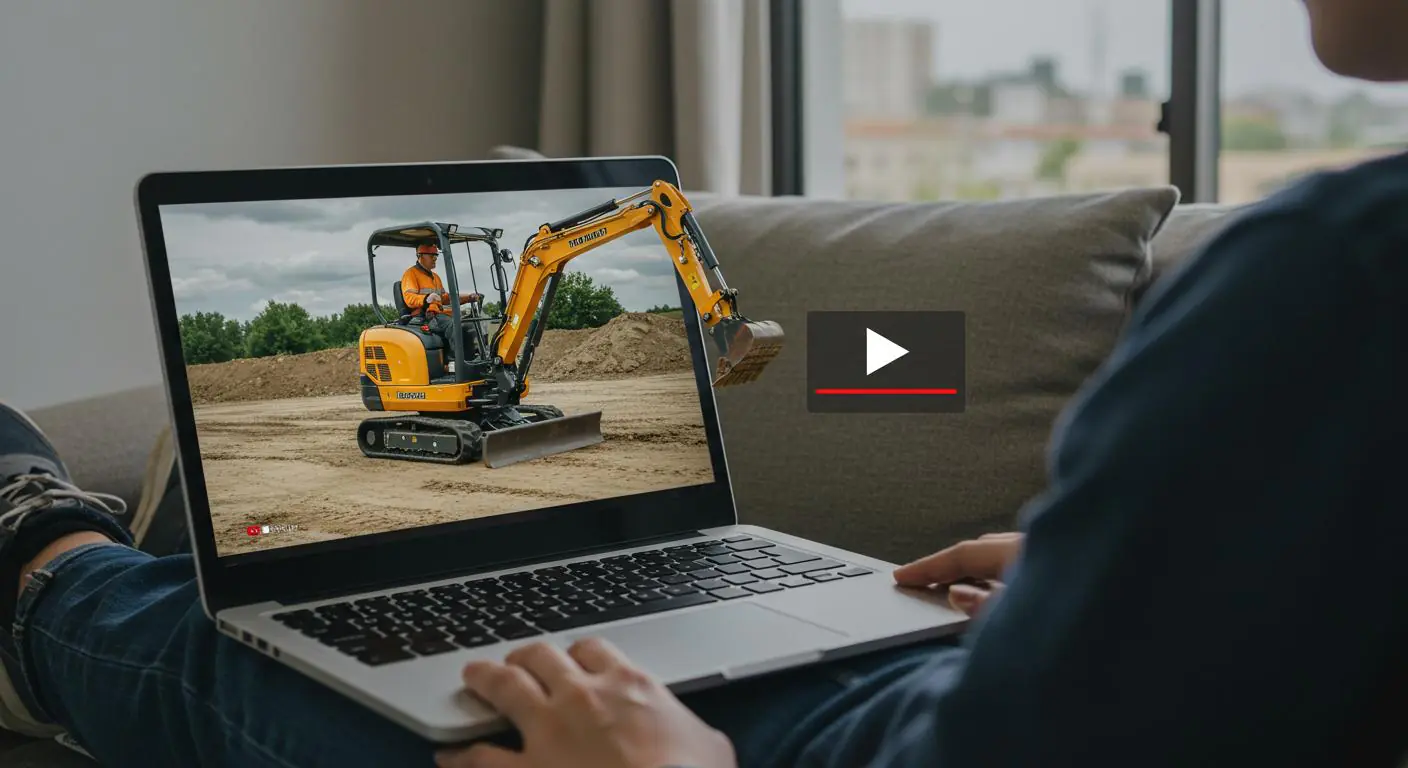
What Key Safety Checks Should You Do Before Starting the Machine?
Safety is the most important thing when you’re dealing with heavy equipment like a mini excavator. Before you even start the engine, you need to check a few key things. Walk around the machine and look for any obvious damage, like leaks or loose parts. Make sure the bucket and any other attachment are securely fastened.
It’s also important to check the fluid levels, like the oil and hydraulic fluid. These fluids keep the machine running smoothly. Make sure there’s enough fuel so you don’t run out in the middle of work. And always check the area around the excavator to make sure there are no people or obstacles in the way. Taking a few minutes for these safety checks can prevent accidents and keep everyone safe.
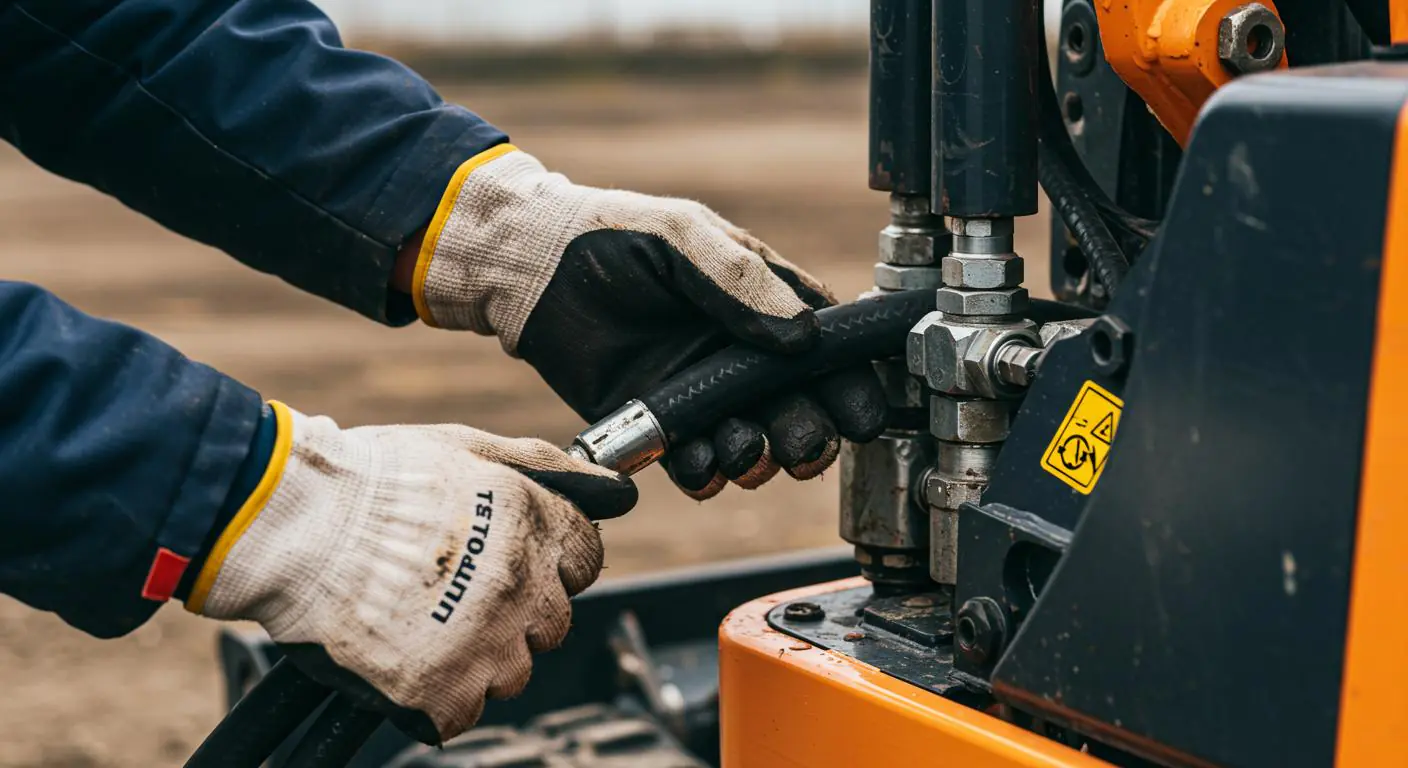
Where Do You Enter and What Should You Check Inside the Cab?
Getting into a mini excavator is pretty straightforward. Most have steps and handrails to help you climb up safely. Once you’re in the seat, take a look around. You’ll see various levers and pedals – these are your controls. Before you start anything, make sure you know where the emergency stop button is. This is a crucial safety feature that can shut the machine down quickly if something goes wrong.
Adjust the seat so you can comfortably reach all the controls. Make sure your feet can reach the pedals and your hands can easily grab the levers. Fasten your seatbelt – just like in a car, this is a vital safety precaution. Familiarize yourself with the control layout. Knowing which lever does what before you start digging is essential for safe operation.
How Do You Start the Mini Excavator and Get Ready to Move?
Starting a mini excavator is usually as simple as turning a key, much like starting a car. However, some models might have a slightly different procedure, so check the operator’s manual if you’re not sure. Once the engine is running, let it warm up for a few minutes. This allows the fluids to circulate and get everything ready for work.
Before you move the excavator, make sure the parking brake is released. The location of the parking brake can vary, so again, refer to the manual. Take a moment to feel the controls – gently move the levers to see how they respond. This will give you a feel for the machine before you start doing any serious digging.
What are the Basic Controls for Moving the Mini Excavator?
Moving a mini excavator involves using levers and pedals to control the tracks and the arm. Typically, there are two main levers that control the movement of the tracks. Pushing both levers forward will make the excavator go forward, and pulling them back will make it go backward. Pushing one lever forward and the other back will make the machine turn.
There are also levers that control the arm, the bucket, and the boom (the long part of the arm). One lever usually controls the up-and-down movement of the boom, while another controls the stick (the middle part of the arm) and the bucket. It might seem like a lot to remember at first, but with a little practice, you’ll get the hang of it. Remember to move the controls smoothly and avoid jerky movements.
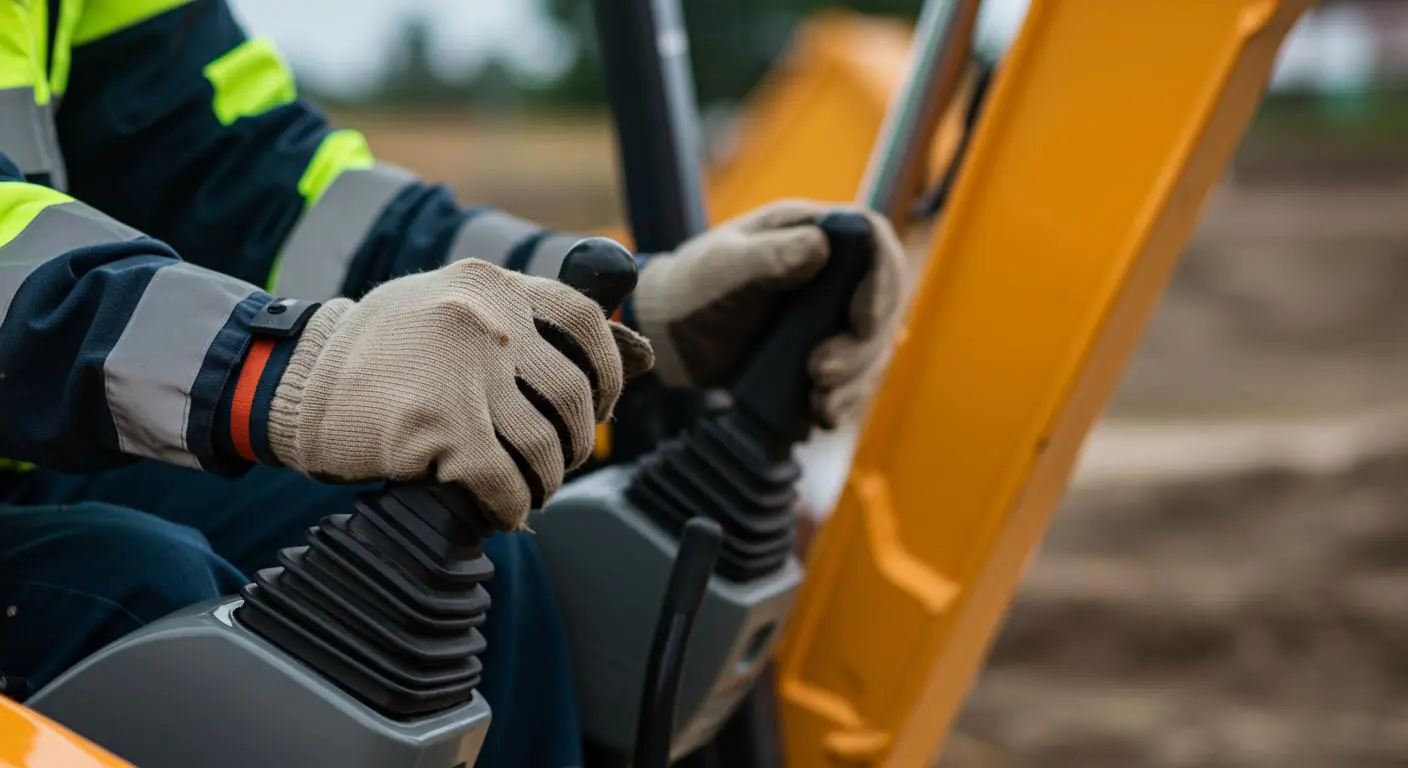
How Do You Use the Bucket and Blade on a Mini Excavator?
The bucket is the main digging tool of the mini excavator. You control it using the levers. To dig, you lower the bucket to the ground and then curl it inward using the controls. This scoops up the dirt. You can then lift the boom to raise the bucket and swing the arm to move the dirt to where you want it.
The blade, located at the front of the excavator, is useful for pushing dirt and leveling surfaces. You can lower the blade to the ground and then move the excavator forward to push material. The blade can also be used as a stabilizer when you’re digging, helping to keep the machine steady. Remember to always be aware of your surroundings when using the bucket and blade.
Here’s a table summarizing the basic controls:
| Control | Function |
| Left Lever(s) | Track movement (forward, backward, turning) |
| Right Lever(s) | Boom, stick, and bucket control |
| Pedal(s) | Auxiliary functions (may vary) |
| Blade Lever | Raises and lowers the blade |
Remember to check the operator’s manual for the specific controls of your mini excavator, as they can change slightly between models. For example, you can explore the features of a Chinese 1 Ton Mini Excavator on websites like dig-boy.com/1-ton-2200-lb-mini-excavator/. Understanding the nuances of each machine is key to safe and efficient operation.
What Should You Do and Not Do to Stay Safe While Operating a Mini Excavator?
Safety is paramount when operateing a mini excavator. Always be aware of your surroundings and the people around you. Keep people at a safe distance from the machine while it’s in operation. Never operate the excavator under the influence of drugs or alcohol. Avoid making sudden or jerky movements with the controls.
Don’t operate the excavator on steep slopes unless you have the proper training and experience. Be careful when working near underground utilities like gas lines or power cables. If you’re digging, know what’s below the surface. Leave the machine on a level surface when you’re not using it and lower the bucket to the ground. Make sure the parking brake is engaged before you leave the seat. Never leave the engine running unattended. Ignoring these safety guidelines can lead to accidents and injuries. You can find more information on safe operation from resources like dig-boy.com/mini-skid-steer-loaders/.
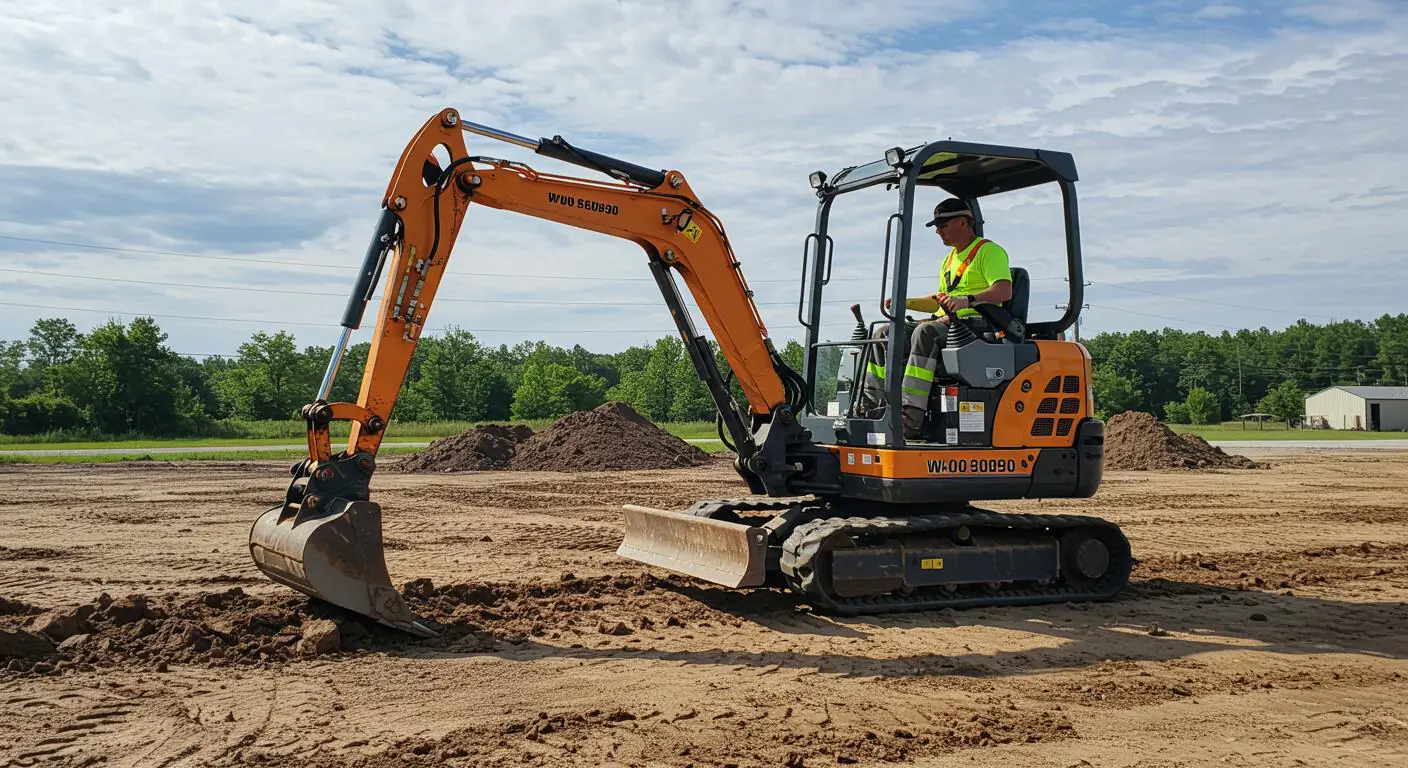
What Happens if You Need Help or Have a Question?
If you’re unsure about something or encounter a problem while operateing the mini excavator, it’s important to get help. Don’t try to fix something you’re not familiar with. Consult the operator’s manual – it often has troubleshooting tips and answers to common questions. If you still need assistance, ask someone with experience or contact the rental company or manufacturer.
There are also online forums and communities where excavator operators share their knowledge and experience. Don’t hesitate to ask a question – it’s better to be safe than sorry. Remember, everyone starts somewhere, and asking for help is a sign of a responsible operator.
What’s the Top Thing to Remember When Learning to Operate a Mini Excavator?
The top thing to remember when learning to operate a mini excavator is safety. Always prioritize safety over speed or getting the job done quickly. Take your time, learn the controls thoroughly, and perform regular safety checks. Operate the machine in a safe and controlled manner, and be mindful of your surroundings and the people around you.
Remember that practice makes perfect. The more time you spend operateing the mini excavator safely, the more comfortable and skilled you’ll become. Start with simple tasks in a safe area and gradually work your way up to more complex jobs. With patience and a focus on safety, you can learn to operate a mini excavator effectively and confidently. Consider exploring different models, like the 2000 lb Mini Excavator, to understand the variations in features and operation.
Key things to remember about operating a mini excavator:
- Safety First: Always prioritize safety checks and safe operating procedures.
- Know Your Controls: Understand what each lever and pedal does before you start working.
- Smooth Movements: Avoid jerky movements and operate the machine in a controlled manner.
- Be Aware: Pay attention to your surroundings and the people around you.
- Ask for Help: Don’t hesitate to ask questions or seek assistance if you’re unsure about something.
By following these guidelines and practicing regularly, you’ll be well on your way to safely and effectively operating a mini excavator.
